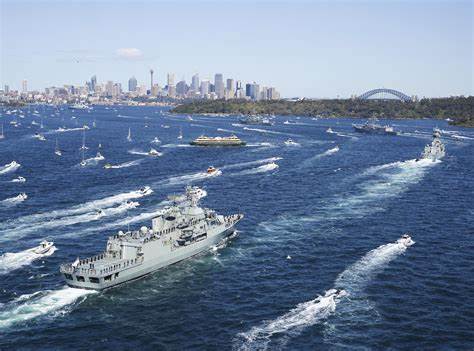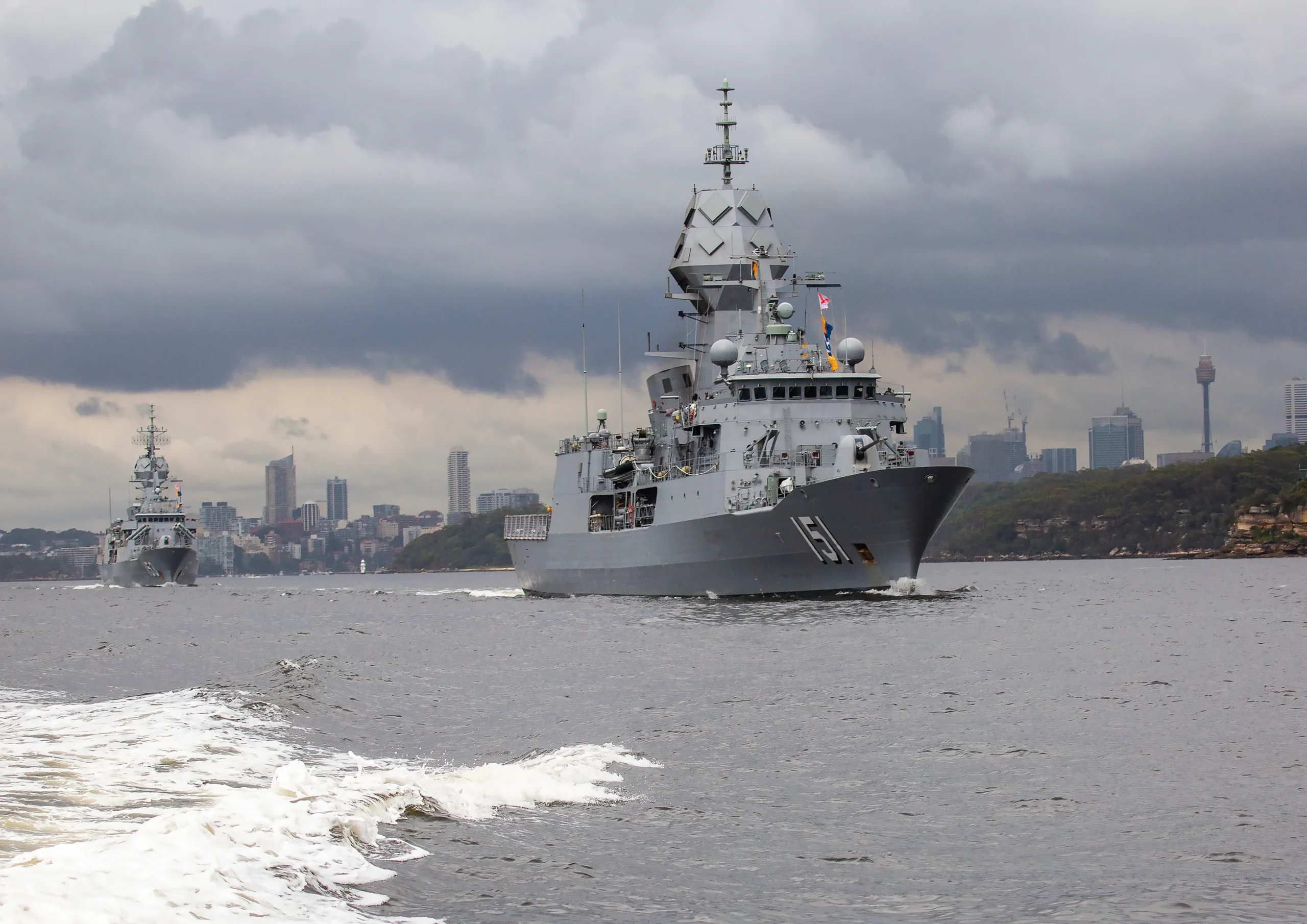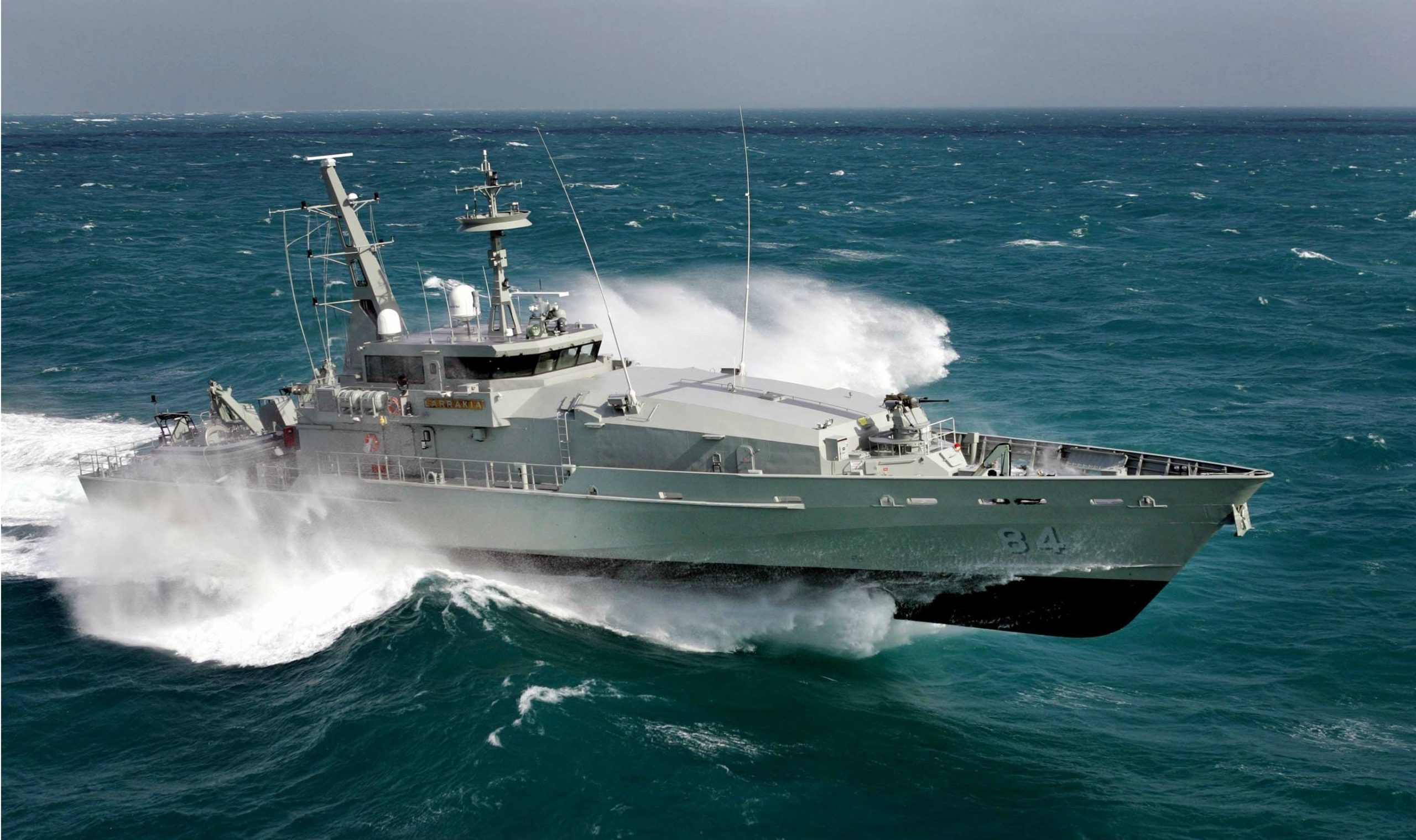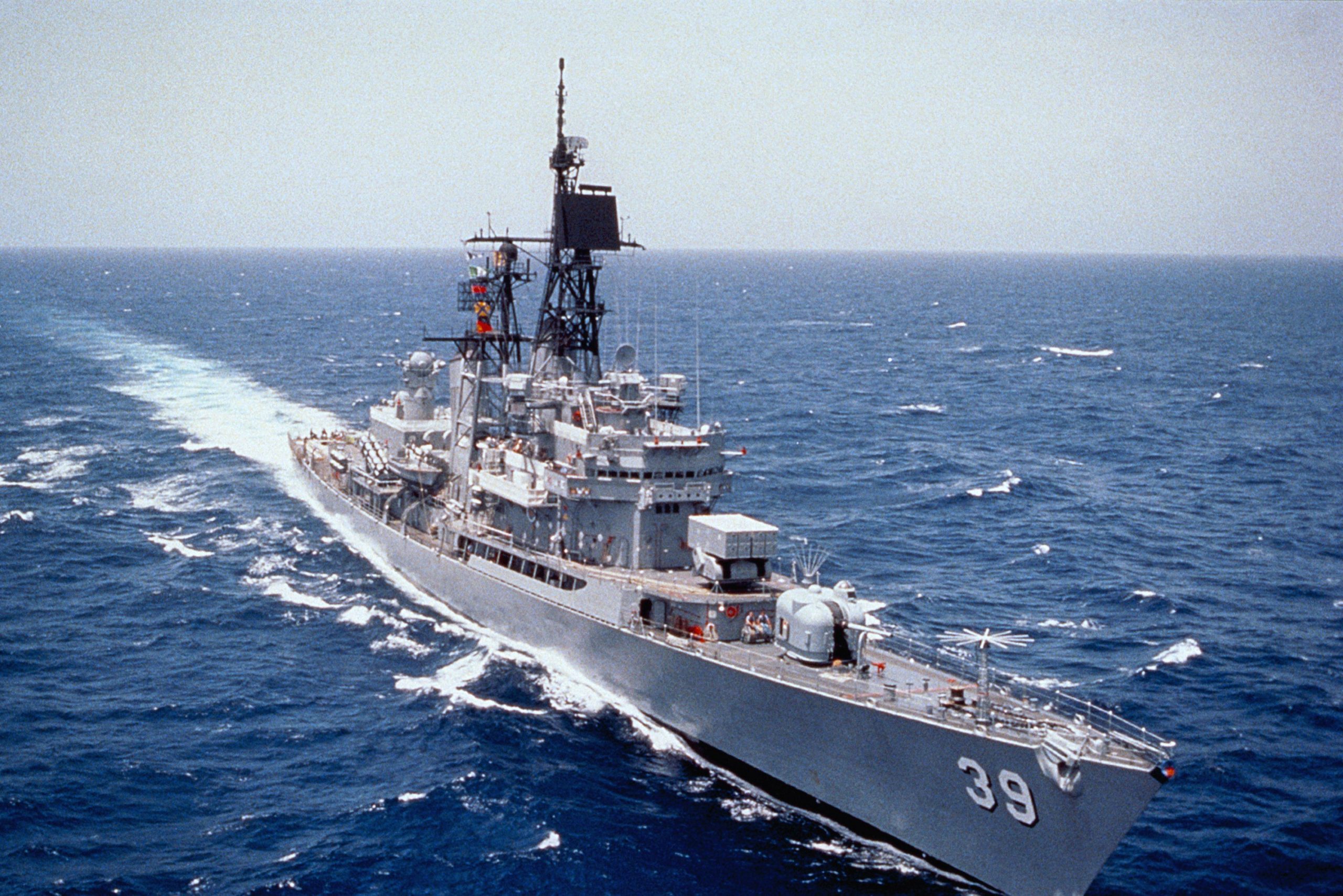
In a landmark defense maneuver, the Royal Australian Navy (RAN) is poised to revolutionize its surface fleet by incorporating six Large Optionally Manned Surface Vessels (LOSVs), set to be fielded from the 2030s.

Following an in-depth surface fleet review, the Enhanced Lethality Surface Combatant Fleet strategy unveiled by the Australian Department of Defence echoes the advances of the US Navy’s Large Unmanned Surface Vessel (LUSV) program, signaling a strategic pivot to technologically augmented maritime operations.

The LOSVs, equipped with a formidable 32-cell Mk41 Vertical Launch System (VLS), are designed to supplement the firepower of RAN’s existing warships.

The integration of Lockheed Martin’s Aegis Baseline 9 combat system endows these vessels with a Cooperative Engagement Capability (CEC), allowing for synergistic operations with Aegis-equipped manned ships.

This collaboration enhances the RAN’s defense capabilities, offering protection against hypersonic ballistic weapons and bolstering Anti-Ballistic Missile (ABM) and Anti-Air Warfare (AAW) operations.

Defense Minister Richard Marles accentuated the benefits, stating, “This blueprint will see Navy equipped with a major surface combatant fleet over twice as large as planned when we came to government, with more surface combatants in the water sooner.”

The LOSVs will extend their protective mantle not only to Australian naval assets but also to troops and vulnerable population centers, fortifying the nation against contemporary maritime threats.

The RAN’s endeavors are not merely theoretical;

the successful Sea Acceptance Trials (SAT) of the remote and autonomously operated vessel Sentinel, previously known as the Armidale-class Patrol Boat HMAS Maitland, underline the viability of these advances.

The collaboration led by Austal Australia, employing Greenroom Robotics’ Advanced Maritime Autonomy Software, has achieved significant milestones in remotely operated and autonomous navigation.

LOSVs will significantly augment the RAN’s combat suite, enhancing the three Hobart-class AAW destroyers and six Hunter-class Anti-Submarine Warfare (ASW) frigates’ firepower.

This strategic enhancement is necessitated by the current VLS constraints faced by the existing fleet, thereby amplifying the RAN’s long-range strike capacity.

While the RAN’s LOSV program reflects the US Navy’s larger and more advanced LUSV initiative, Australia also focuses on ensuring that the autonomous systems align with the nation’s ethical standards for robotic and autonomous systems.

Austal’s CEO, Paddy Gregg, remarked on the advancements, “Looking ahead, we are excited about the potential opportunities to work with [the RAN] to further advance the autonomous technology demonstrated during the trial.”

on projects such as the Large Optionally Crewed Surface Vessels (LOSV), recently announced by the Australian Government as part of the Surface Combatant Fleet Review,” Mr Gregg said in a statement.
Relevant articles:
– Royal Australian Navy Explores Autonomy and Optional Crewing: Eyes LUSV as Potential LOSV Solution, SLDinfo.com
– Aussie Navy to double surface fleet with $7B plan, but future funding uncertain, Breaking Defense
– Delivering Capability to the Warfighter, SLDinfo.com
– Australia Plans to Buy Unmanned Warships, The Maritime Executive
